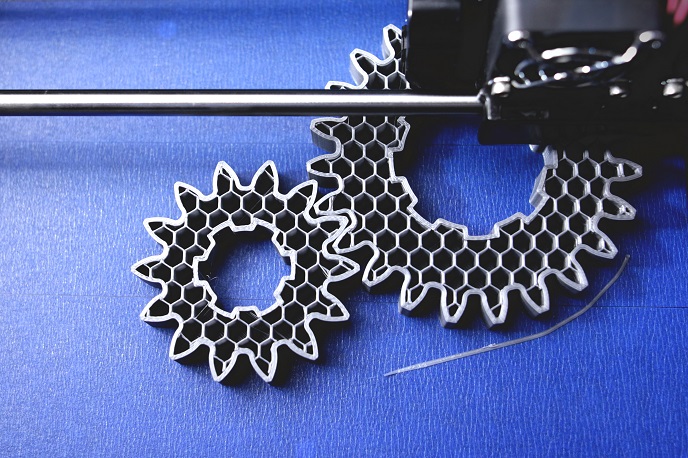Nanotech 3D printing drives lightweight manufacturing
The NANOTUN3D (Development of the complete workflow for producing and using a novel nanomodified Ti-based alloy for additive manufacturing in special applications) project addresses the entire processing chain, from nanoparticle production though to mixing and inclusion of the particles in a base titanium (Ti) alloy. This Ti alloy powder is then used in 3D printing – or Additive Manufacturing (AM) – to create products and parts across a range of industries. “3D Printing, or AM, is a technology that enables free-form production,” explains project coordinator Luis Portolés Griñán from AIDIMME in Spain. “This allows manufacturers to customise shapes and parts, opening up new opportunities in sectors that require precision such as medical devices, personal safety equipment and aeronautics.” Portolés expects that by project completion in Spring 2019, the NANOTUN3D consortium will have demonstrated the feasibility of manufacturing advanced metal parts with the new material and established best practices in industrial processing. Following the project, nine pilot plants will be available in Europe to provide material and support for AM processing at the industrial scale. Lightweight manufacturing A key advantage of the AM technology being pioneered by NANOTUN3D is that parts can be made with less material – sometimes much less material – which makes them cost-effective and lighter. This offers important fuel-cost benefits for the automotive and space sectors. “The project is ultimately focused on providing solutions to the ‘lightweighting’ needs of industry, which means lowering mass and energy consumption,” says Portolés. “Using our process, material savings are expected to reach between 40 and 50 % for some critical applications.” This could have a major impact on manufacturing costs. “Each kilogramme of weight reduced in an aircraft for example saves between 0.02 and 0.04 kg of fuel per hour,” says Portolés. “This adds up to savings of around four tonnes of fuel throughout an aircraft’s service life.” Collaborative opportunities The focus of the NANOTUN3D project has been on developing a nano-based material specifically suited to metal AM. “While the inclusion of nanoparticles into some materials can improve their mechanical properties, the range of materials that can be processed by AM is still limited,” explains Portolés. “Metal AM is based on metal powders, and producing them involves a complex process that gets even more complicated when you need to keep an even nanoparticle distribution throughout the powder batch.” The project team began by devising a Health and Safety Management System to ensure that all production processes are far from hazard thresholds. Nanoparticles were then developed and integrated within the Ti alloy base, and the final nanoparticle metal powder prepared for AM processing. In addition to opening up new opportunities for manufacturing lightweight metal parts across a range of industries, the project will also help to strengthen Europe’s position in AM. “Europe has been a traditional leader in this field, with SMEs the main actors,” says Portolés. “This project helps to foster innovation among powder manufacturers, AM technology manufacturers and finishing workshops. The project has achieved its objectives through cooperation and combining advanced manufacturing methods with advanced materials.” Portolés also believes that the legacy of EU-funded projects such as this has been to create a ‘common language’ among European industry partners. This not only makes getting in touch with technological partners much easier; it also allows for the fluid development of workplans and roadmaps. “In the case of NANOTUN3D for example, developing the new material required the development of a supply chain, with every consortium partner acting as provider-customer in relation to the other partners,” he says. “This experience will help us to turn the project results into marketable opportunities within a short timeframe and we invite powder manufacturers, AM technology manufacturers and finishing workshops to get in contact.”
Keywords
NANOTUN3D, 3D printing, AM, additive manufacturing, space, automotive, metal, alloy, titanium







